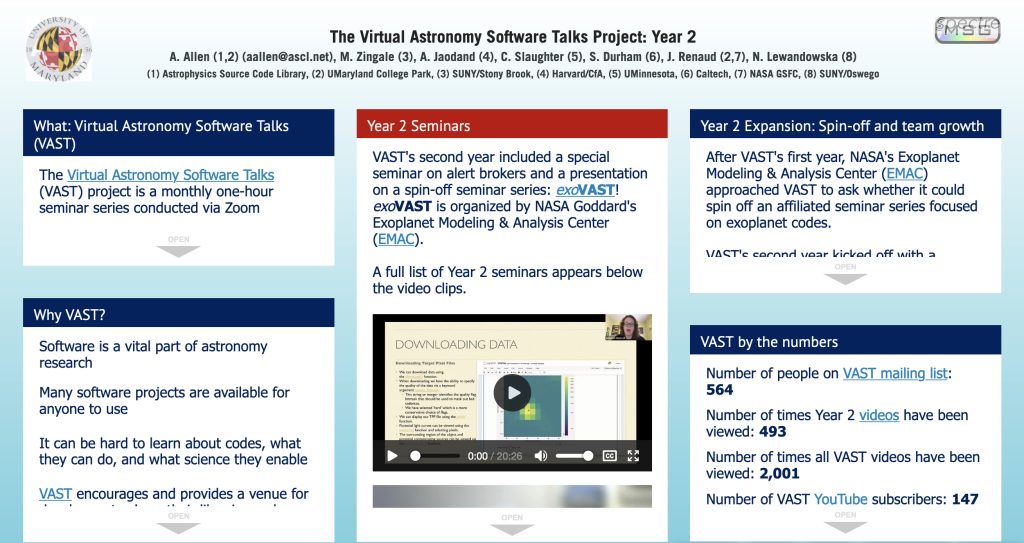As of today, ADS shows that ASCL entries have over 20,000 citations, w00t! Not that citations are a perfect metric — they definitely aren’t — but they do show the ASCL is being used and is useful for citing software, thereby allowing code authors to get credit for the computational methods they contribute to the field.
So that’s the milestone: 20K citations. Now the question: Who was the first to use the ASCL to cite software? I will provide chocolate (when weather/circumstances allow) to the first person who correctly identifies the first citation to an ASCL entry (using the ASCL ID).

